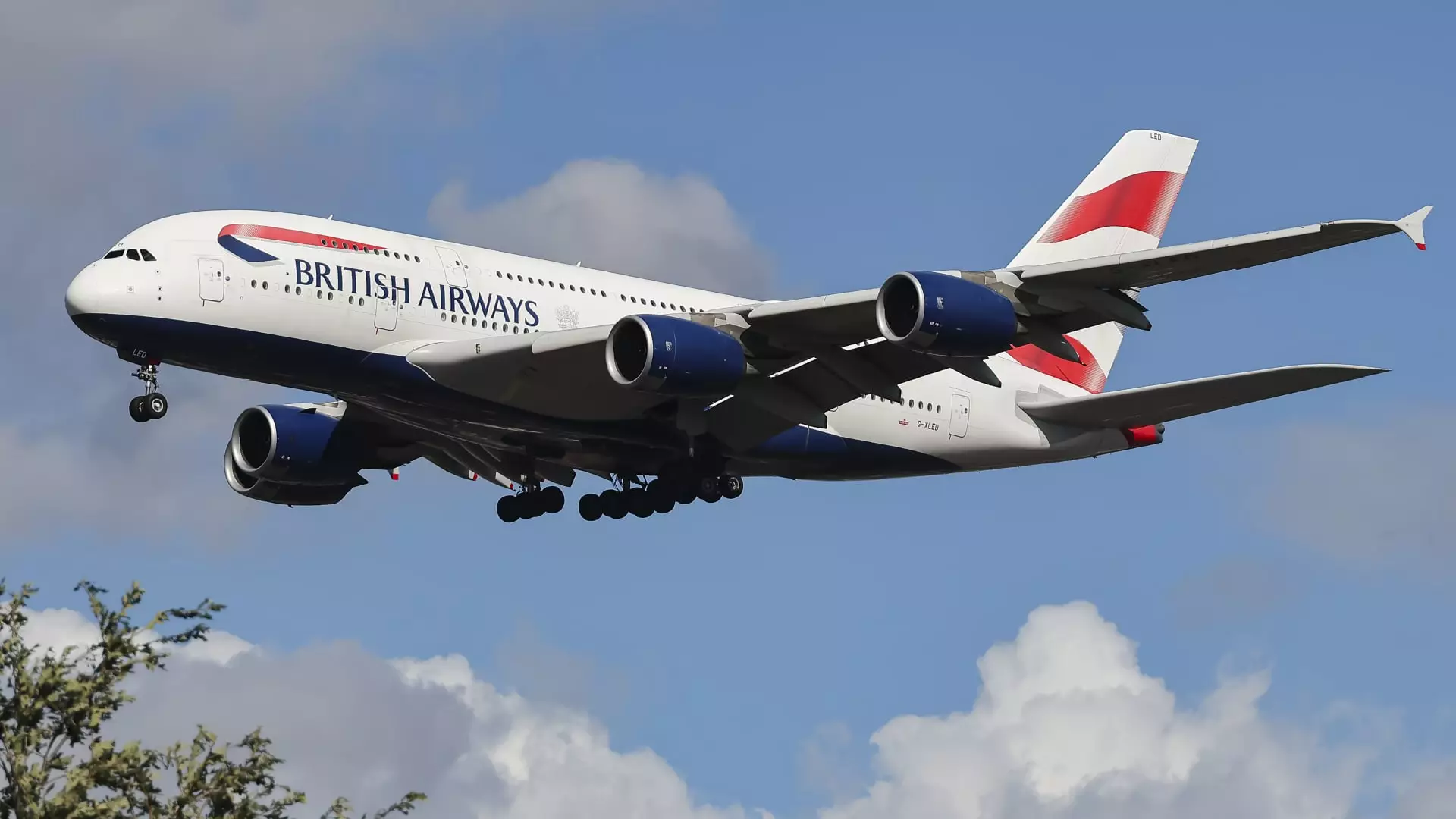The aviation industry, a bellwether for global connectivity, is experiencing significant upheaval as major international airlines reevaluate their operations in light of escalating operational costs and a marked reduction in passenger demand in China. Factors such as geopolitical tensions, high operational expenditures resulting from extended flight routes, and an unyielding recovery post-COVID-19 have compelled airlines like Virgin Atlantic and Scandinavian Airlines to exit the Chinese market altogether. This article delves into the underlying reasons prompting this exodus from China and examines the broader implications for the aviation industry going forward.
Recent developments reveal that airlines are not just reducing services, but are bowing out of China entirely. Virgin Atlantic, which had a robust 30-year presence in Hong Kong, declared an end to its flights to the city last year. Scandinavian Airlines has similarly exited. A report from travel news outlet Skift underscores the trend, with seven airlines retracting their operations from China in just the last few months. John Grant, a chief analyst at OAG, emphasized the grim outlook, stating that the situation is likely to worsen before it sees improvement.
The British Airways experience highlights how even well-established routes are being altered. The transition from larger Boeing 747 aircraft to the comparatively smaller Boeing 777 and Boeing 787 illustrates an operational strategy to cut capacity while maintaining a semblance of route presence, which might be one of the few silver linings in this challenging period.
The current landscape has been significantly colored by geopolitical tensions, particularly following Russia’s invasion of Ukraine. The decision of the European Union and the UK to impose flight bans on Russian aircraft triggered a reciprocal reaction from Russia, subsequently reshaping air travel dynamics across the globe. For European carriers attempting to reach Asia, these new restrictions have necessitated longer flight routes.
This has not only led to increased fuel consumption but has also imposed additional financial strains – longer flights demand more significant staffing resources, requiring crews to either extend their hours or deploy larger teams, adding to operational costs. As Grant pointed out, this is a complex consideration for operators aiming to optimize profitability.
The silver lining, oddly enough, seems to rest with Chinese airlines, which remain free from Russian airspace restrictions. This freedom enables them to operate on traditional routes to Europe more efficiently and cost-effectively. Consequently, international competitors are losing ground with a diminishing share of intercontinental air travel.
The reallocation of resources is being observed as airlines scrutinize their operational efficacy in light of fluctuating demand. For instance, British Airways redirected aircraft meant for the underperforming Beijing route to Cape Town, where load factors surged from a meager 55% to an impressive 90%. Such strategic realignments are emblematic of a broader trend – airlines are increasingly reluctant to maintain services in markets proving to be unprofitable.
Further compounding the difficulties for international airlines is the pervasive low demand for travel to and from China. Economic challenges within China have affected outbound travel, while international travelers remain hesitant to visit. The stark contrast is apparent when comparing pre-pandemic figures, which saw around 49 million travelers entering China in 2019, to just 17 million arrivals as of July this year.
Looking ahead, the repercussions of this mass airline withdrawal are likely to reverberate through the aviation sector. U.S.-based carriers, while initially less affected by the airspace issues than European airlines, are now also retracting services in response to market dynamics. As Grant mentioned, American airlines find themselves in a wait-and-see mode, where maintaining their frequency in China may be paramount to retaining market access should demand return.
The landscape could potentially shift toward a scenario where Chinese airlines dominate air travel between China and Europe. With estimates indicating that 82% of all flights in this corridor will be operated by Chinese carriers this winter, the long-term fate of international airlines in China appears precarious. The ongoing economic recovery for domestic airlines, coupled with a need for airlines to display signs of returning normalcy, means that Chinese carriers are ramping up operations even amidst subdued demand.
The evolving aviation dynamics in and around China are a testament to how intertwined the global economy and geopolitical factors can significantly reshape industry landscapes. With major airlines recalibrating their strategies, the implications of this retreat from the Chinese market will likely unfold over the coming years. While the immediate future appears uncertain, the broader impacts of these developments may lead to a lasting change in how air travel is configured in the post-pandemic world, necessitating innovation and adaptability from all players involved.


Leave a Reply